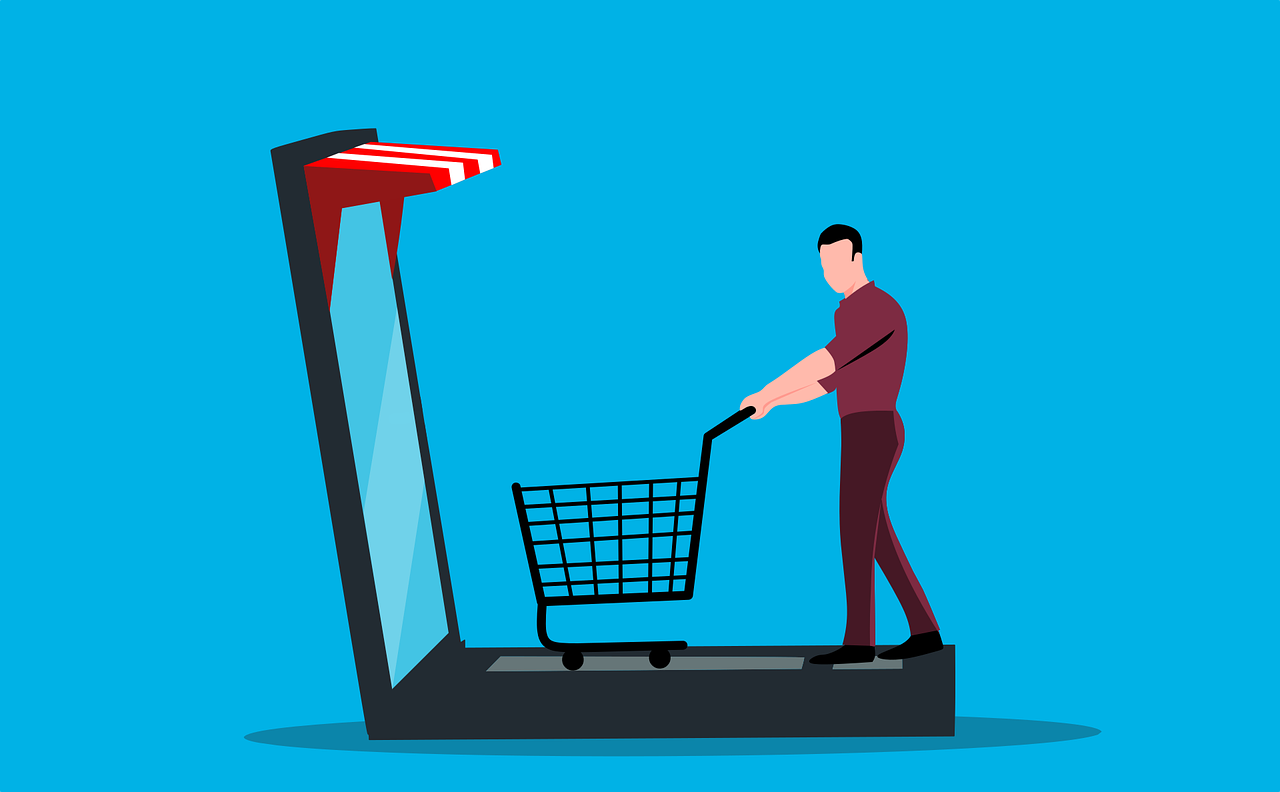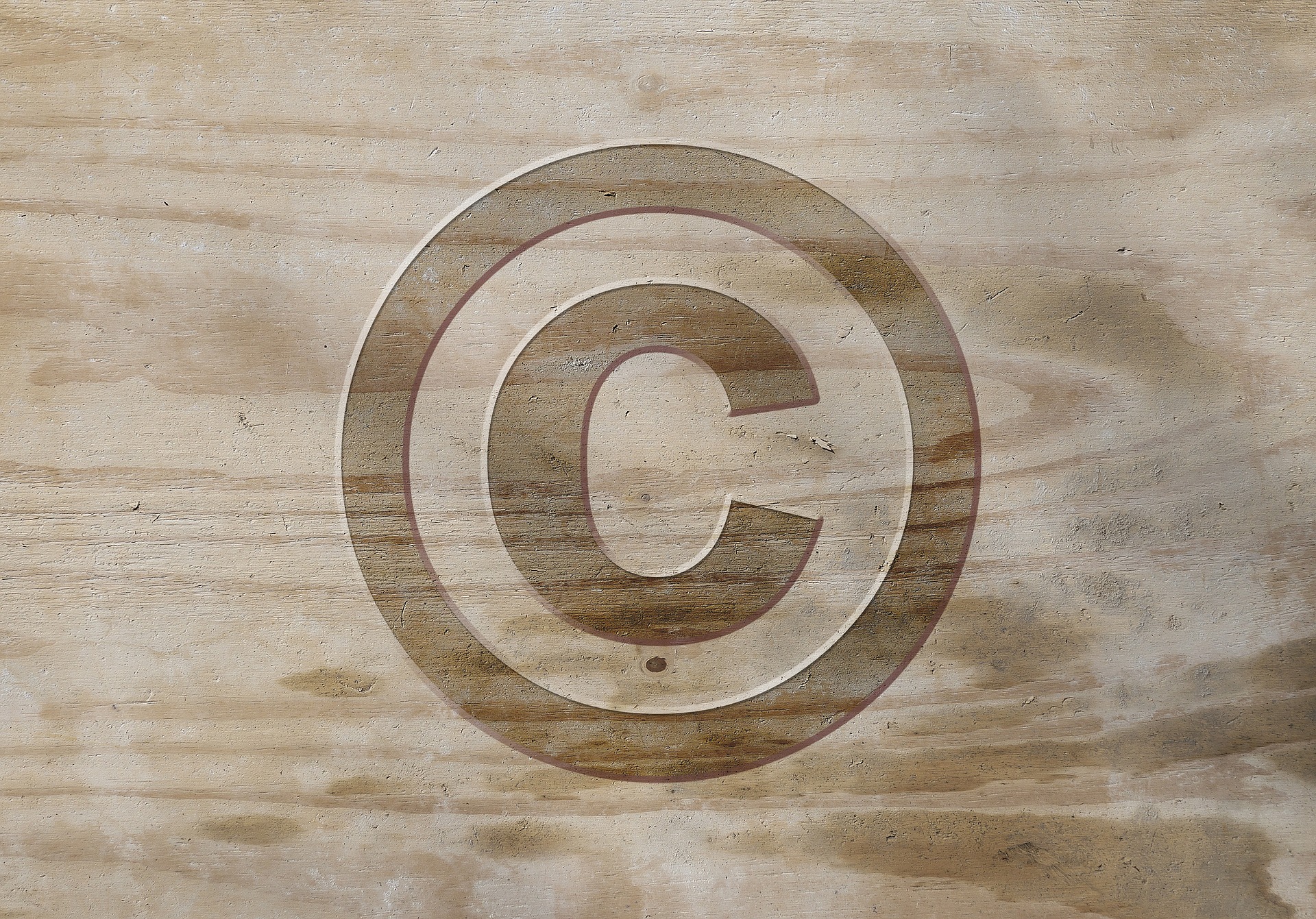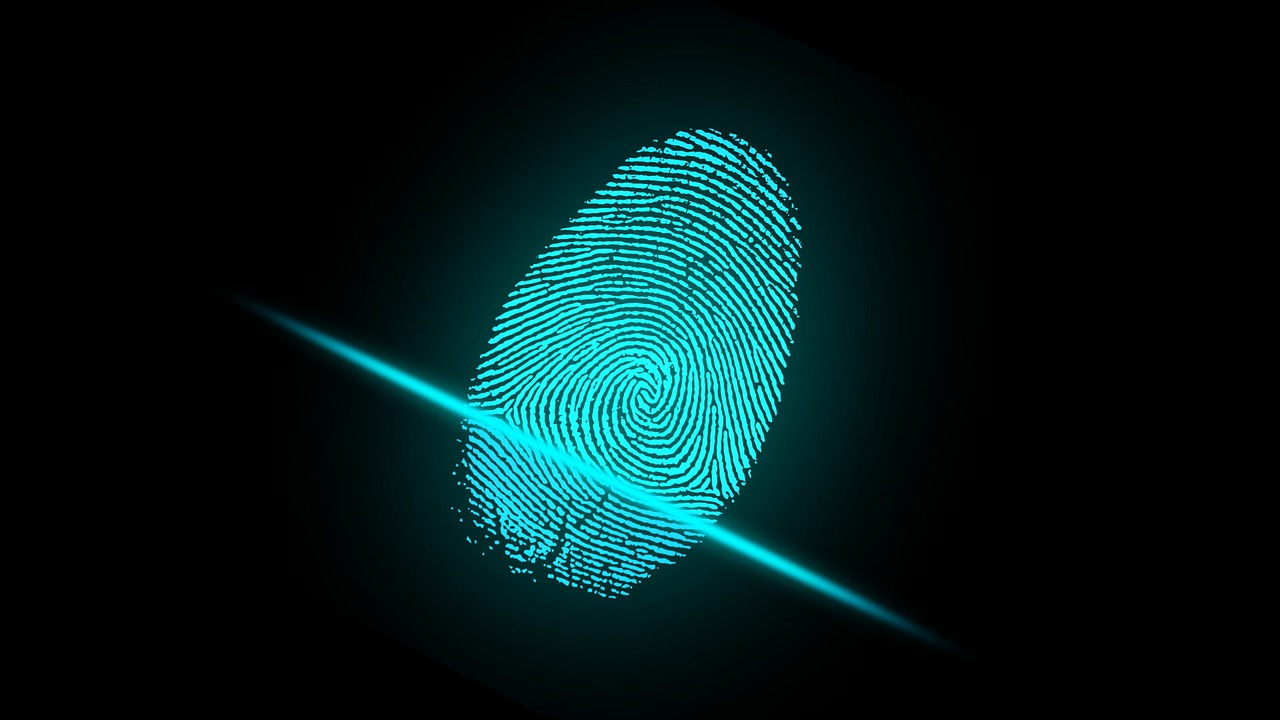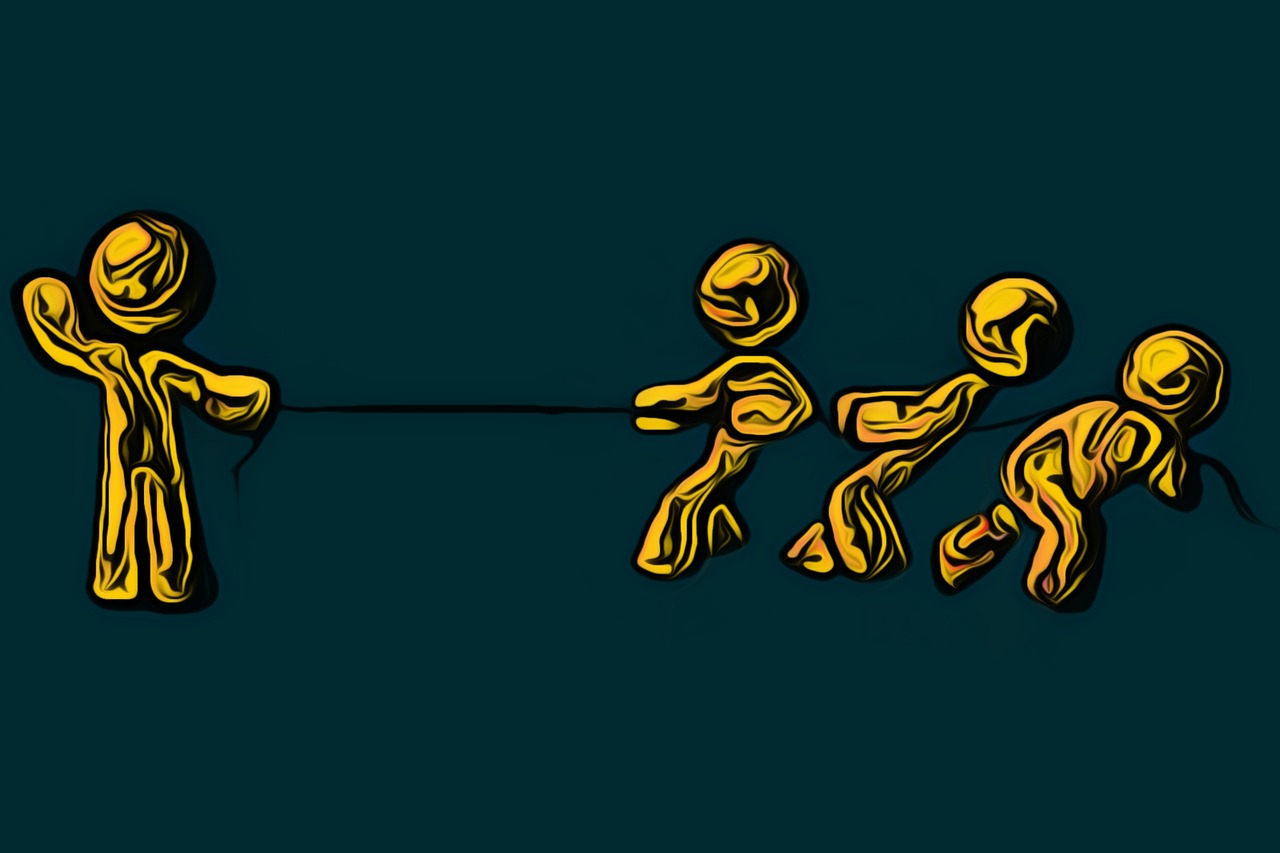Latest blog articles
-
Current US and EU secondary liability standards do not address all factors to trigger liability. This influences legislation and case law, setting an uncertain secondary liability outcome of IP infringement cases against Internet Intermediaries’. I suggest that tort law can tackle this problem.
-
In a recent judgment, the CJEU determined that the geographical indication Aceto Balsamico di Modena is only protected as a whole. This means that the non-geographical components ‘Aceto’ and ‘Balsamico’ are not protected individually.
-
Only 10 out of the 24 official EU language translations correctly transpose Article 17 of the Directive (EU) 2019/790 on copyright and related rights in the Digital Single Market. These apparent errors mandate urgent action by the European Commission and the EU Member States.
-
The European Union Intellectual Property Office (EUIPO), just like many other IP offices in the world, has recently seen an incredible spike in Covid-19 related Trade Mark applications. This blog presents EUIPO’s approach in examining trade mark filings that relate directly or indirectly to, or in...
-
Unlike other sectors, improvements in Genetic technology raise issues of morality. The new human gene editing technology CRISPR/CAS9 has raised many such concerns. Can the current patent system deal with these concerns or should morality be dealt with by the inventors themselves?
-
The need to guarantee the free flow of information in a Big Data economy forces us to re-think Intellectual Property Rights and find an appropriate balance between competition, innovation, privacy and incentives.
-
With or without the UK, the EU will try to find a way to implement the UPC as it has invested considerable time and efforts knowing the benefits it will bring; however, the fate of the Agreement could be decided on judicial grounds instead of political ones.






